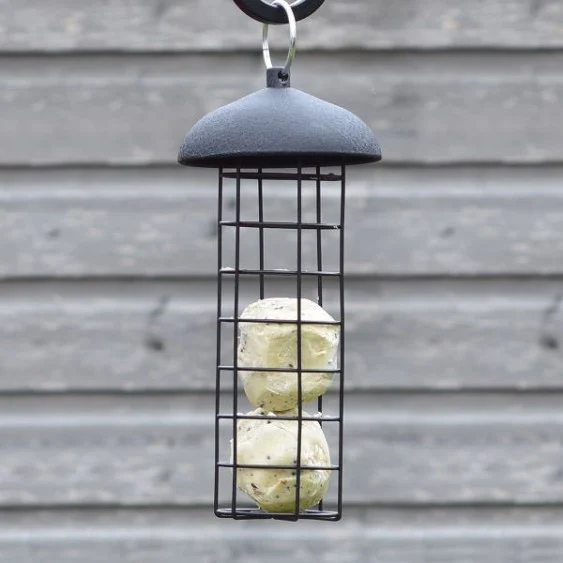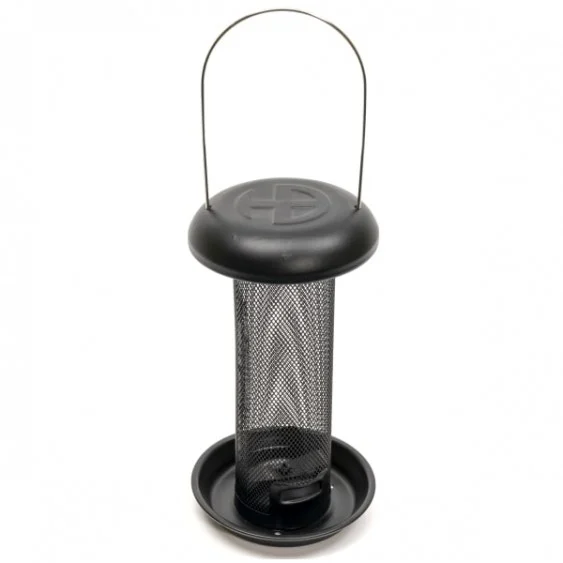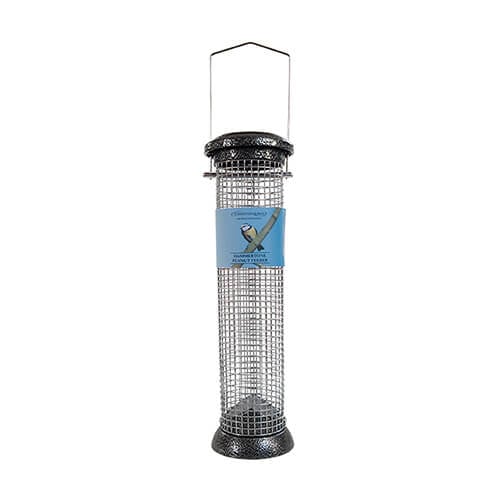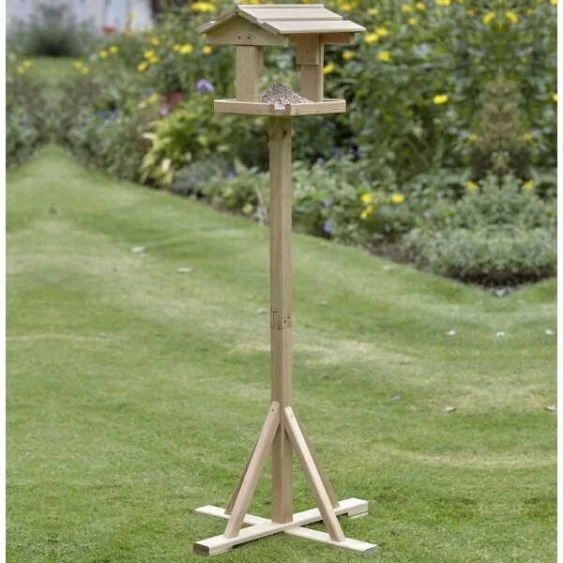Robin The UK’s Favourite Garden Bird
Robin, a frequent and popular visitor to gardens in Britain.
A familiar visitor to gardens throughout the year and especially at Christmas, , thanks to its bright red breast.
These little birds have been associated with Christmas ever since Victorian times; Victorian postmen, who were known as ‘robin red-breasts’ because of their red waistcoats, are thought to be the inspiration for so many robins appearing on our Christmas cards.
Whether it’s the case or not, robins certainly make themselves known in winter with their loud, aggressive song!
Males and females look identical, young birds have no red breast and are spotted with golden brown. Robins sing nearly all year round and despite their cute appearance, they are aggressively territorial and are quick to drive away intruders.
As well as gardens, they are also common in parks, scrub and woodland, making their presence known with a loud, territorial song.
They sing from prominent perches right through the winter, when both males and females hold territories; indeed, they are fiercely territorial, driving off intruders and even fighting.
During the breeding season, the female is allowed into the male’s territory where she sets up a nest of dead leaves, moss and hair.
Nests often crop up in the oddest of places, such as plant pots, old wellies and shelves, but Ivy and other shrubs are their natural choice.
They will sing at night next to street lights.
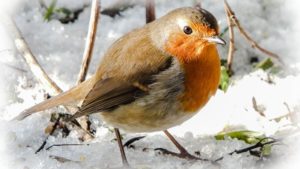 Most British robins are sedentary, defending their territories year-round, with many females also establishing their own winter territories.
Most British robins are sedentary, defending their territories year-round, with many females also establishing their own winter territories.
However, a handful head south to winter on the Continent, joining others passing through in the autumn on their way from Scandinavia and northern continental Europe.
As most robins don’t migrate, they don’t really disappear over the summer – they just become a bit less visible. When food is more readily available during the summer, robins are more likely to forage out of sight in the woods rather than coming to your bird table in the garden.
The exception is robins that spend the winter here to escape harsher weather in Russia and elsewhere in northern Europe. These robins migrate back to their breeding grounds in spring.
Why the red breasts?
The red breast is part of what endears it to us, providing a welcome flash of colour on a winter’s day.
But its evolutionary purpose is for a more serious role, with male robins using it to settle territorial disputes, especially during the breeding season.
What do they eat?
They eat a wide variety of food, including worms, seeds, nuts, suet, invertebrates and fruit. They’ll readily come to garden bird tables, especially in winter, and a combination of suet, mealworms and seeds will go down particularly well.
Conservation status
Fun Fact
In this country robins are our confiding garden companion, with a rich folklore. On the continent, however, they have always been much shyer and confined to the countryside; nobody knows why British birds are so uniquely tame.
Recently, as feeding wild birds has become more popular elsewhere in Europe, robins do seem to be appearing in more towns and cities.

